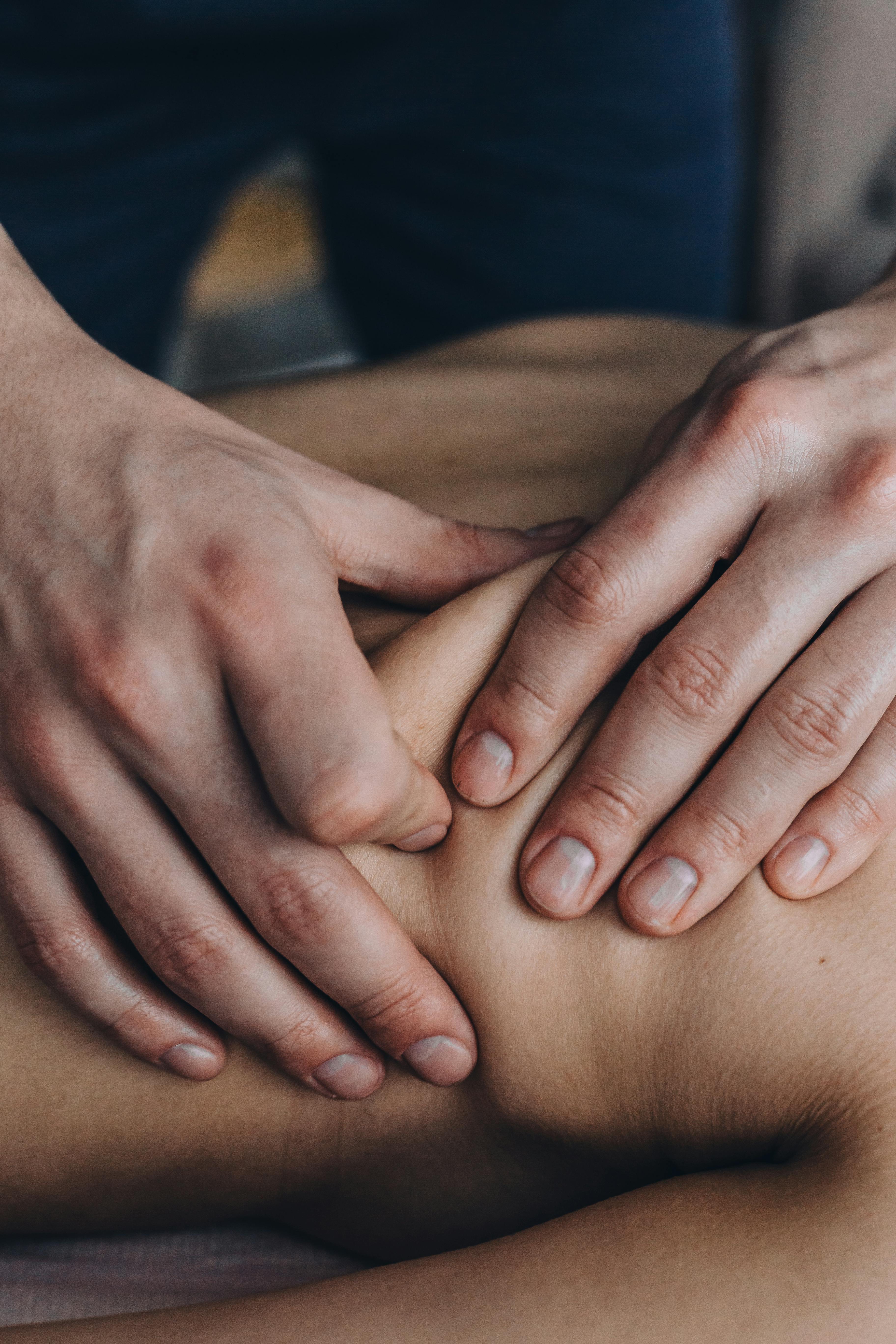Unmasking the Truth: How Eye Bags Impact Perception and How to Manage Them
Your eyes are a mirror to your soul, or so the saying goes. They are one of the first things people notice about you and play a significant role in how others perceive you. However, factors like stress, lack of sleep, aging, and genetics can lead to the development of under-eye bags, which can affect how you are perceived. This article will delve into the history of eye bags, their impact on perception, the latest trends in managing them, and offer unique insights not widely covered elsewhere.

A Glimpse into the Past: The Historical Connotation of Eye Bags
Historically, eye bags, also known as palpebral puffiness, were often associated with illness, exhaustion, or aging. In ancient Egypt, dark circles and puffiness around the eyes were considered unattractive, and remedies like crushed green malachite were used as a cosmetic treatment. In Medieval Europe, eye bags were seen as a sign of melancholy or deep contemplation, often portrayed in art to depict characters with such traits.
In Eastern cultures, the perception has been somewhat different. For instance, in Korea, aegyo-sal (literally ‘cute skin’) is a term used to describe the small fatty deposits under the eyes. Rather than being considered unattractive, these are seen as a sign of youthfulness and are often enhanced with makeup.
The Contemporary Implications: Eye Bags and Perception Today
In the modern world, under-eye bags are often associated with tiredness, stress, and aging. A study conducted by the University of St Andrews in the UK revealed that people with under-eye bags are perceived as looking more tired and less healthy. Consequently, this can impact personal relations, professional opportunities, and overall self-esteem.
In a society that places high value on youthful appearance, the desire to minimize or eliminate eye bags has led to the development of a multi-billion dollar skincare industry. The market is flooded with creams, serums, and treatments that promise to reduce the appearance of under-eye bags.
The Science Behind Eye Bags: Understanding the Biological Aspect
Eye bags occur when the skin and muscles around your eyes weaken with age, causing the fat that’s normally confined to the area around your eye to move down and accumulate beneath it. Besides aging, factors like genetics, lack of sleep, and lifestyle habits can also contribute to under-eye bags.
One unique insight is that eye bags might also be a sign of underlying health issues. For instance, they could indicate problems with your thyroid or kidneys. Therefore, if your eye bags are persistent and accompanied by other symptoms, it’s important to seek medical advice.
The Current Trend: Eye Bag Treatments and Innovations
The quest for youthful-looking eyes has led to a rise in both non-invasive and surgical treatments for eye bags. Non-invasive treatments include topical creams and serums with ingredients like retinol and hyaluronic acid that promise to reduce puffiness and dark circles. Treatments like dermal fillers and laser therapy are also becoming popular.
On the other hand, blepharoplasty, a surgical procedure that removes or repositions fat in the lower eyelid, is considered a more permanent solution. It’s worth noting that while these treatments can be effective, they also come with risks and potential side effects.
Interestingly, the trend of celebrating eye bags has also gained traction in recent years. This movement advocates for embracing natural beauty and challenges the traditional beauty standards that perceive eye bags as undesirable.
The Balanced Approach: Managing Eye Bags Holistically
While there are various treatments available, managing eye bags also involves a holistic approach that includes lifestyle modifications. This includes getting adequate sleep, maintaining a healthy diet, staying hydrated, and reducing salt intake, which can cause fluid retention leading to puffiness. Regular exercise can also improve blood circulation and reduce the appearance of under-eye bags.
Moreover, it’s crucial to protect your skin from sun damage, as it can weaken the skin around your eyes, making it more prone to aging and puffiness. Therefore, wearing sunscreen and sunglasses is essential.
In conclusion, while under-eye bags can impact how we are perceived, it’s also important to remember that they are a natural part of aging. Whether you choose to embrace them or seek treatments to reduce their appearance, the key is to make informed decisions that align with your personal values and health considerations.




